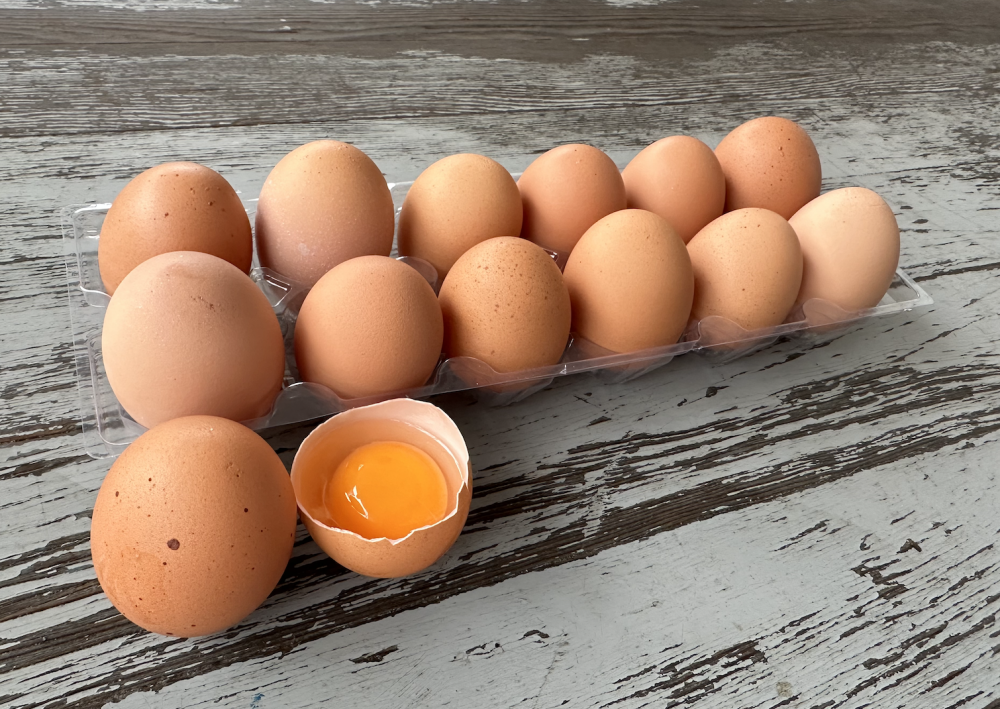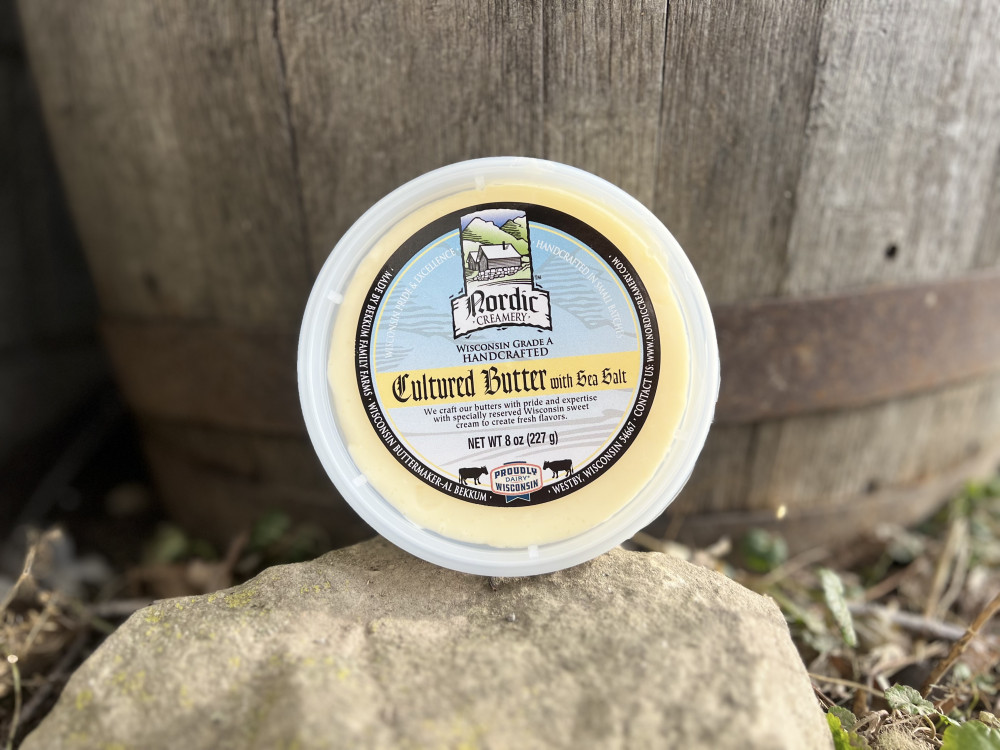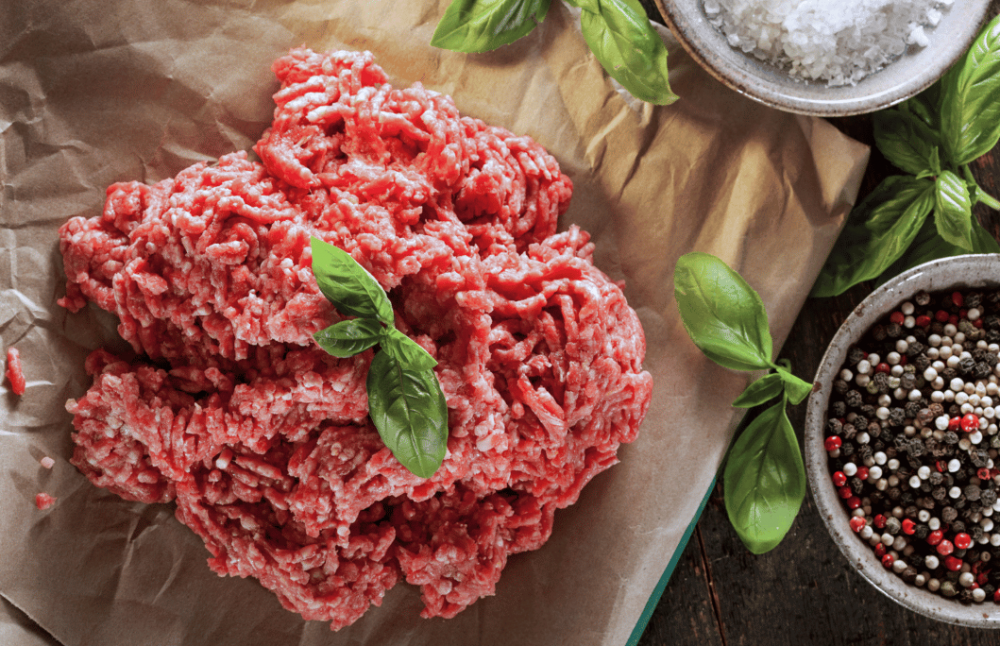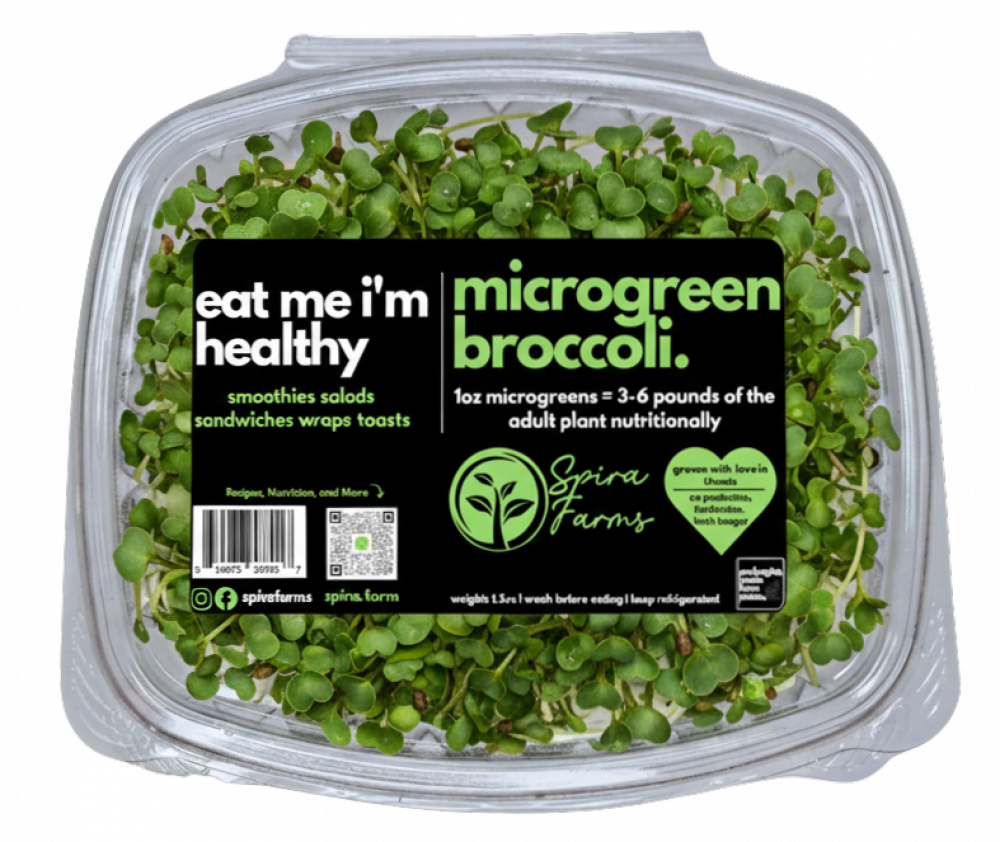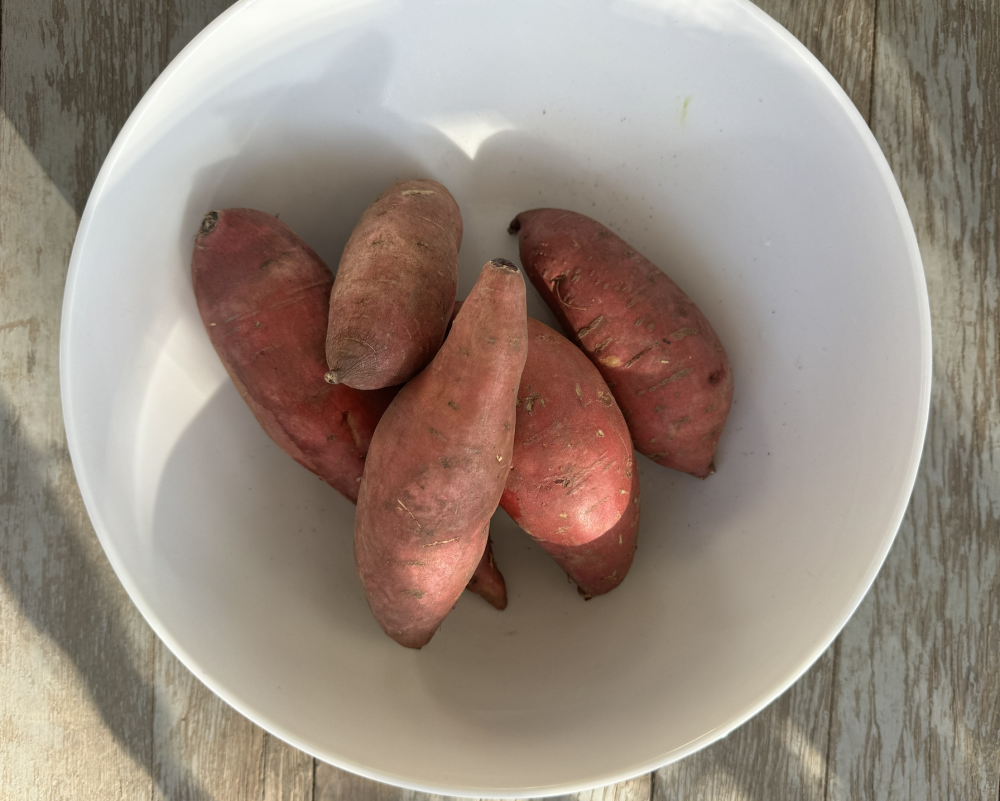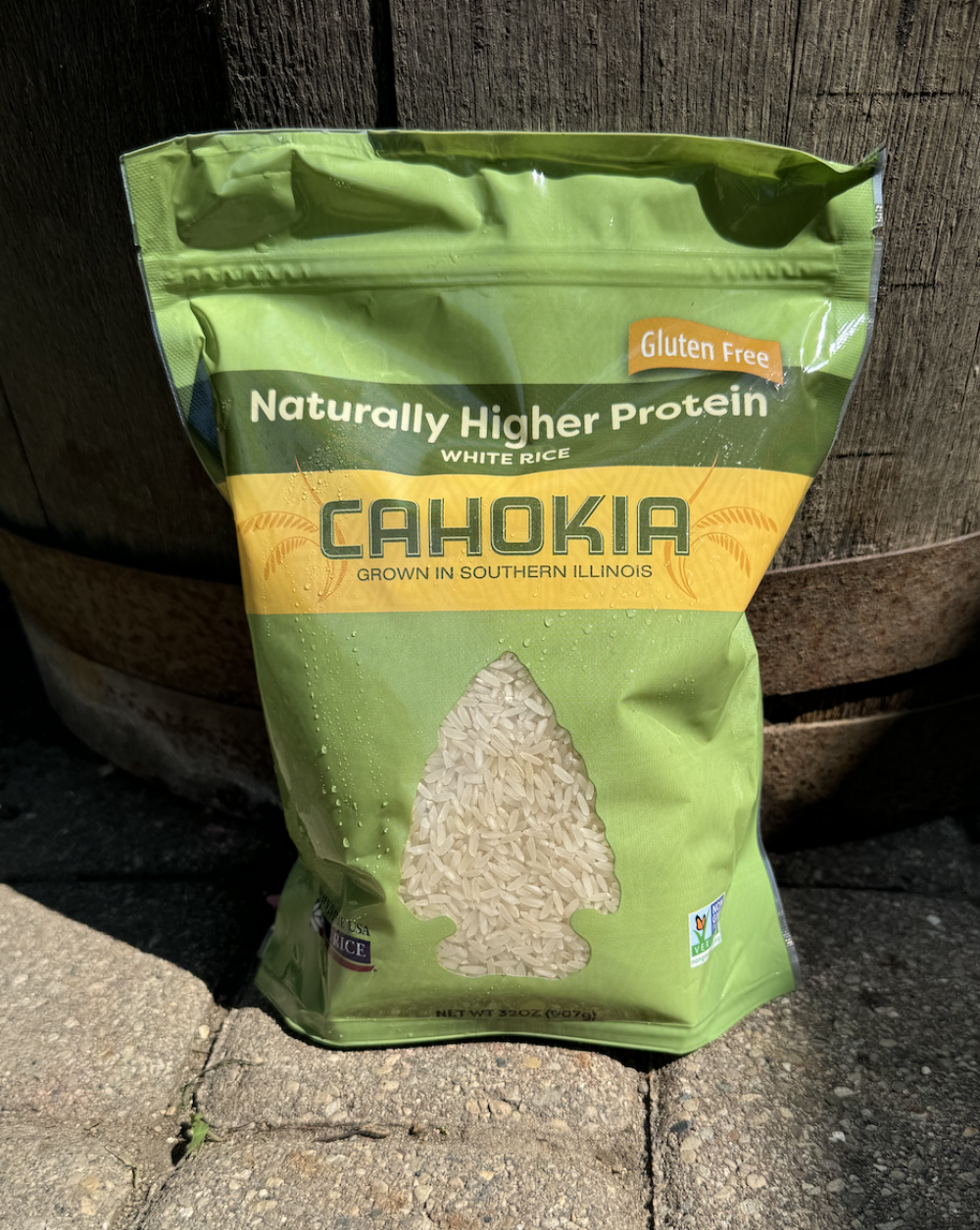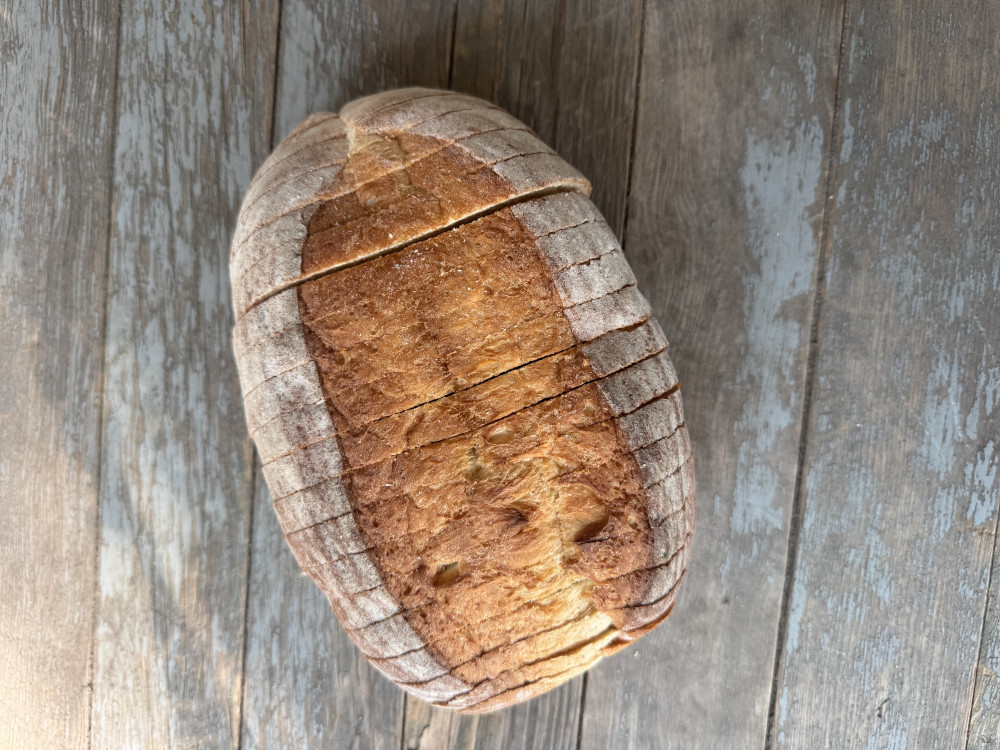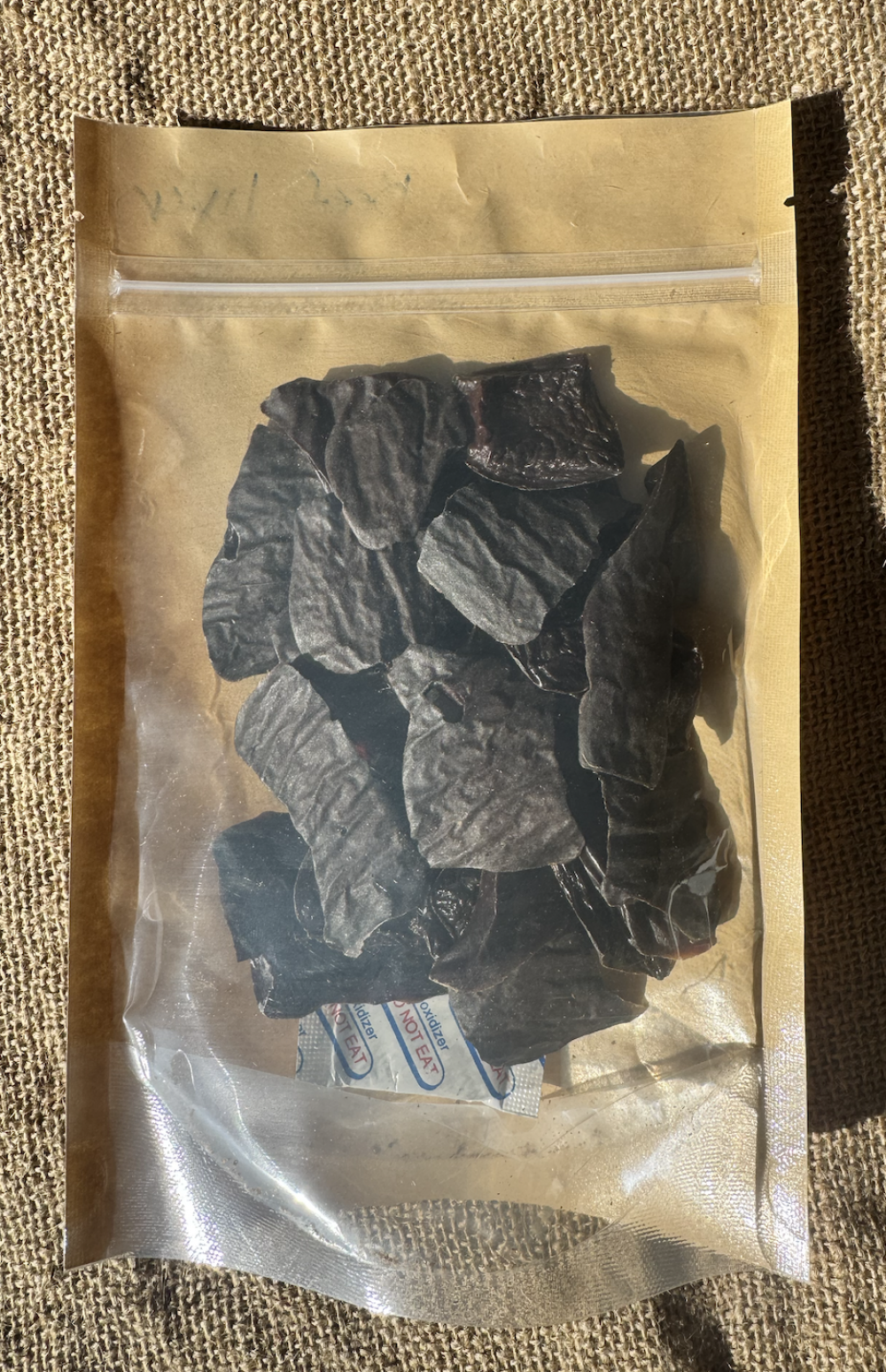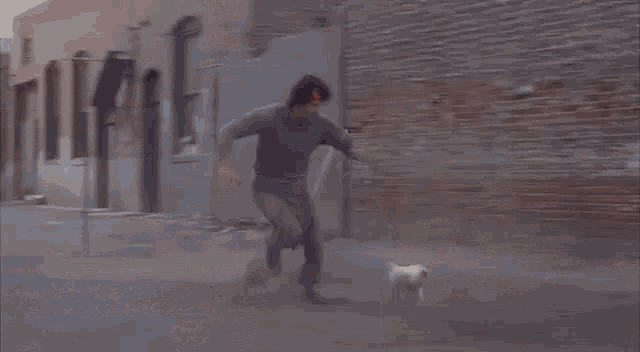article Why Bird Flu is Emptying Grocery Shelves—And What We Can Do About It
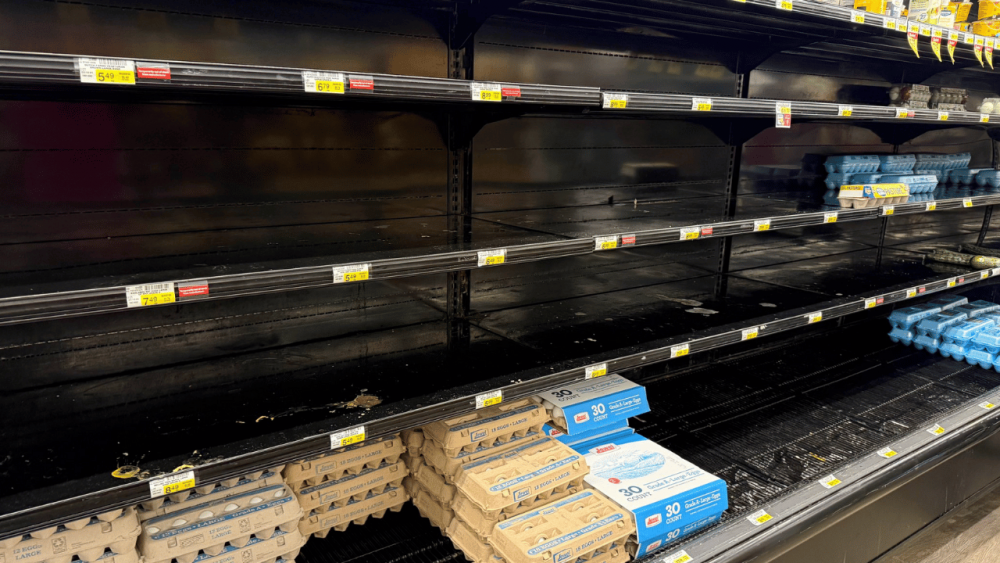
Bird flu is all over the news again, and if you’ve been to the grocery store lately, you might have noticed the impact—empty shelves where eggs used to be.
This isn’t just about bird flu. It’s about how fragile our food system is.
Didn’t we learn from COVID that having only a handful of massive meat producers is a bad idea? When a few of them got hit with COVID outbreaks, it disrupted the entire national supply. Now, the same thing is happening with eggs. Huge industrial chicken operations are losing entire flocks, wiping out production overnight. And because so much of our food system is consolidated into a few massive corporations, the effects ripple across the entire country.
The Problem: A Centralized Food System
Right now, a handful of companies control most of our meat, dairy, and eggs. This system makes food cheap—but it also makes it incredibly vulnerable. When a single factory farm is wiped out by disease, we’re talking about the loss of hundreds of thousands of birds in one place. That scale of devastation is impossible to contain.
A decentralized food system, on the other hand, is naturally more resilient. If a small farm loses its flock to bird flu, the loss is in considerably smaller and easier to contain.
But here’s the hard truth: decentralization isn’t cheap.
The Root of the Issue: Cheap Food
The reason our food system is so centralized comes down to one thing—consumers want cheap food. And the only way to make food cheap is to consolidate everything under a few big players who can crank out massive amounts at the lowest possible cost.
A diversified, resilient food system will cost more—because it reflects the true cost of producing food responsibly. The food we buy today is cheap because it’s produced at a scale that prioritizes efficiency over sustainability.
The Solution: Consumers Voting With Their Dollars
So what’s the answer? It all comes down to consumer choice.
If people continue demanding the cheapest possible food, the market will keep delivering it—no matter the long-term consequences. But if consumers start questioning the sustainability and health of food produced in industrial confinements, they have the power to change everything.
When people shift their spending toward smaller farmers—those who work with the land instead of against it—the market adjusts. Demand for industrial-scale confinement decreases, and suddenly, small farmers have a viable market to sell into.
Making Local Food Crazy Convenient
This is exactly why we built Kakadoodle.
We’re not just connecting people to local food. We’re making it insanely convenient. Because let’s be honest—most people want to support local farms, but they’re not going to go out of their way to do it.
It needs to be as easy as ordering from Amazon.
The First Step Toward a Better Food Future
I don’t know if this model can feed the world. I hope it can.
But what I do know is that this is the first step in the right direction. And it starts with consumers who are willing to vote with their dollars—for food that’s healthier, more ethical, and built on a system that actually works for the long haul.
If we make buying local food effortless, we can create a more resilient food system. One customer at a time.

